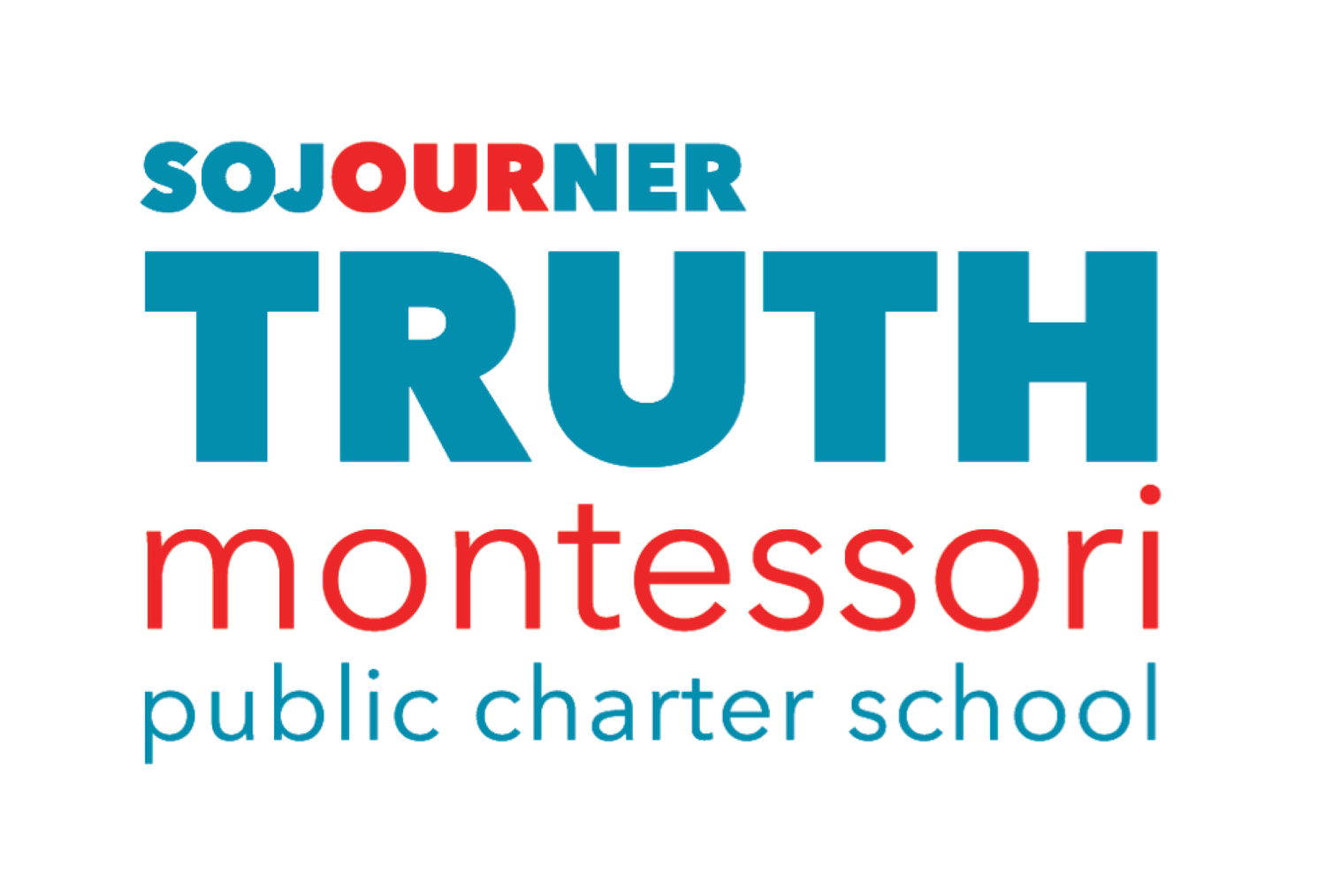Zakiah, a 6th grader at Sojourner Truth PCS, is an aspiring chef, and he recently created a video demonstrating his cooking process for Jamaican jerk chicken (a sample of the video can be seen here). It was all part of an interdisciplinary project on Food and Culture, which also entailed the creation of an entry for a school-wide cookbook. Meanwhile a classmate, Jennifer, created a separate cookbook entry that included the use of extensive dialogue and figurative language to describe her experience studying France and making crepes.
Zakiah and Jennifer both met the requirements for the project, which focused on expository and narrative writing as well as mathematical principles involving ratios and proportions, but they took different and personalized approaches to their work. And so did their other classmates, who also researched and prepared dishes from around the world while demonstrating growth in key areas of writing and math - all while putting their own personal twists on their work.
after researching france, jennifer cooked crepes and then used narrative techniques to describe her process
Every student is unique, and brings individual strengths and interests into the classroom - whether at Sojourner Truth PCS or anywhere else. But where Truth differs from other schools is in its appreciation for these differences, and in its focus on meeting students exactly where they are and providing the right amount of challenge to get them to the next level.
We all have what psychologists call a Zone of Proximal Development, or ZPD, which is the difference between one’s current level of cognitive development and the potential level (Legg, 2020). In other words, we have a “sweet spot” when it comes to learning new things. As educators, our goal should be to try and ensure that the tasks we give to students fall inside of that sweet spot. When schools give work that is below a student’s current level it is unchallenging and has a negative effect on a student’s interest and curiosity. When schools give work that is beyond a student’s sweet spot it is not only impractical but it’s frustrating for the student and results in decreased motivation and confidence. Truth takes this to heart, and works hard to ensure a personalized experience that does in fact fall within each student’s ZPD, or sweet spot.
For the same project, Abdur-Rahman’s interest in japan led him to prepare udon noodles
There is also a wealth of research that demonstrates that students learn most when they are given an opportunity to make connections between their personal interests and the new skills and content with which they are working (Lillard, 2015). A student that is passionate about dance, for example, might better internalize the strategies for writing a compare and contrast essay if they are given the opportunity to explore the similarities and differences between two types of dance, like contemporary and ballet. A classmate interested in architecture, however, would benefit more from researching and developing an essay that compares and contrasts the design of buildings - perhaps high-rises in earthquake prone areas to those in less prone areas.
At Sojourner Truth PCS, personalized learning is at the very foundation of our approach. The Montessori Method is based on the concept of what Maria Montessori called “following the child”. This requires a deep understanding of each student so that tasks are presented within each individual’s ZPD, and that the right level of challenge is presented at the right time. Truth teachers design curriculum and work that not only makes space for students to explore personal interests, but also to have multiple access points to push and provide challenges for all learners - whether they are multiple grade levels above their peers, multiple grade levels behind, or anywhere in between.
Personalized learning matters. Just ask Zakiah, Jennifer, or any of their classmates at Truth. And don’t forget to ask them for a taste of their jerk chicken, crepes, or other dish too.




